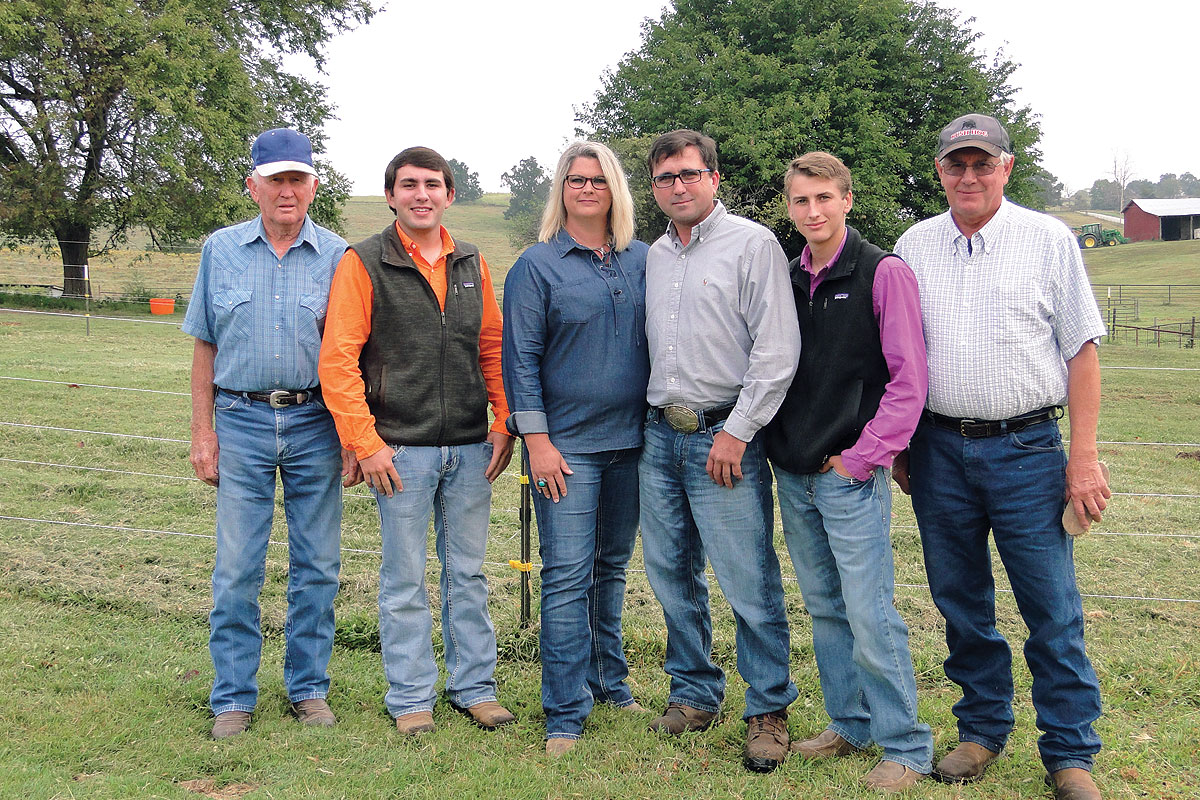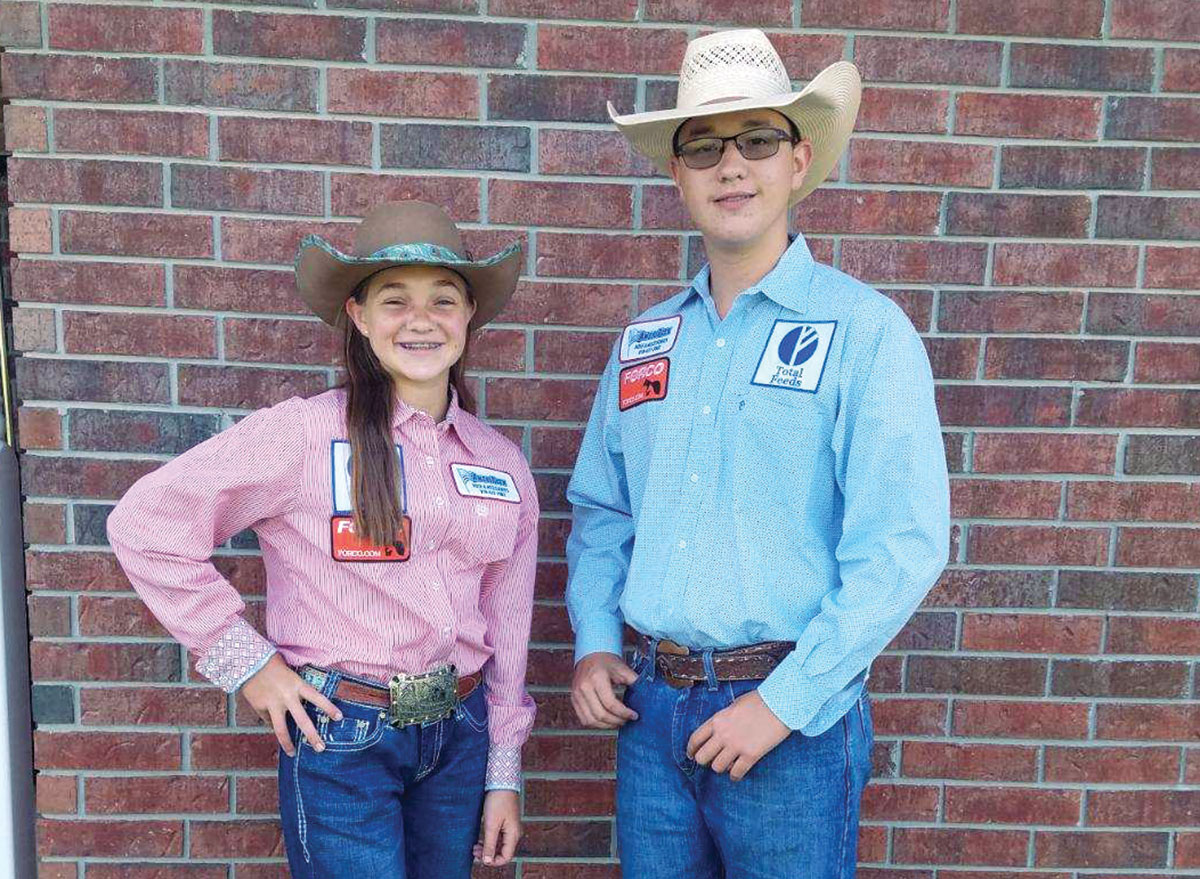 John Robinson did not grow up in the country, but he has found his niche on the 450-acre farm he and his brothers inherited from his grandfather in Valley Springs, Ark. He has tried everything from custom combining and hay baling to running a large herd of cow/calf pairs. However, four years ago John implemented a MIG (Managed Intensive Grazing) program. He now runs around 250 head of stocker cattle and 40 Red Angus/Saler cross mama cows. “I have learned cows can pick up grass more efficiently than I can. This is the most profitable for me at this time,” said John.
John Robinson did not grow up in the country, but he has found his niche on the 450-acre farm he and his brothers inherited from his grandfather in Valley Springs, Ark. He has tried everything from custom combining and hay baling to running a large herd of cow/calf pairs. However, four years ago John implemented a MIG (Managed Intensive Grazing) program. He now runs around 250 head of stocker cattle and 40 Red Angus/Saler cross mama cows. “I have learned cows can pick up grass more efficiently than I can. This is the most profitable for me at this time,” said John.
John credits the advice he has received from a book called "No Risk Ranching" by Greg Judy, as well as an on-line group of farmers from the northwest Arkansas region called the “Grass Growers Group” for the success he has had in his grazing operation. “I would highly recommend Greg Judy’s book. It’s what got me into the business,” said John. He is currently the president of the “Grass Growers Group” and invites anyone interested in learning more about grass and grazing practices to join in. “The group tries to have a pasture walk in a different county each month. “We lobby for grass growers. We’ll help you set your fences up, and if you can get an aerial photo of your farm, we can help you with water,” said John. He also speaks highly of the local extension agents, as well as the local NRCS office.
Robinson uses one strand of 12 gauge, high tinsel electric fence wire to mark off 30 grazing paddocks for his cattle. He is set up to move his water source with the animals. “Water is an issue with all grazing practices. I have put over one and a half miles of city water line on my farm. I have an underground water system that is similar to a sprinkler system, so I empty and move my 60 gallon tubs with the cattle. I can plug it in about every 400 feet across the farm. It’s pretty sweet,” said John.
John likes to buy good quality, weaned calves. For two weeks, he keeps them up in a corral close to his house and starts them out on two to three pounds of feed per day. By week three, the calves should be eating up to four to six pounds per day and are turned into a field just outside the corrals that he has divided into three paddocks. John rotates them between these paddocks for 30 days. This gives him time to get the calves trained to an electric fence.
Robinson’s first experience with Managed Intensive Grazing was with a group of 30 Jersey steers. He raised those steers on 30 acres with an average daily gain of 1.5 lbs. per day. The key was moving the steers from one paddock to another on a daily basis. The constant moving and the tender grass alleviates the need to fertilize and to feed any grain; however, John keeps a 15-18% salt mix out all the time.
When asked about his most useful piece of farm equipment, John was quick to reply. “I can’t do without my four-wheeler. I use it to move cattle. With Managed Intensive Grazing, it could be the only piece of equipment I need. I only use the truck to go to the feed store,” said John.
John has a unique method to control mud in his corrals and around his mineral feeders and water tubs. He puts down a black geo-textile fabric and covers it with six inches of gravel. He got the chance to see how well this works when he visited Greg Judy’s farm. “The gravel will never disappear,” said John.
In the future, John hopes to have more cattle to put on his land. He would like to expand his cow/calf operation to include raising and selling grass fed beef to the organic markets. He would also be open to feeding out animals for individuals. “I am not utilizing all of my farm because I just can’t get enough animals. I will take more cattle from anywhere if someone wants to bring them,” said John.







